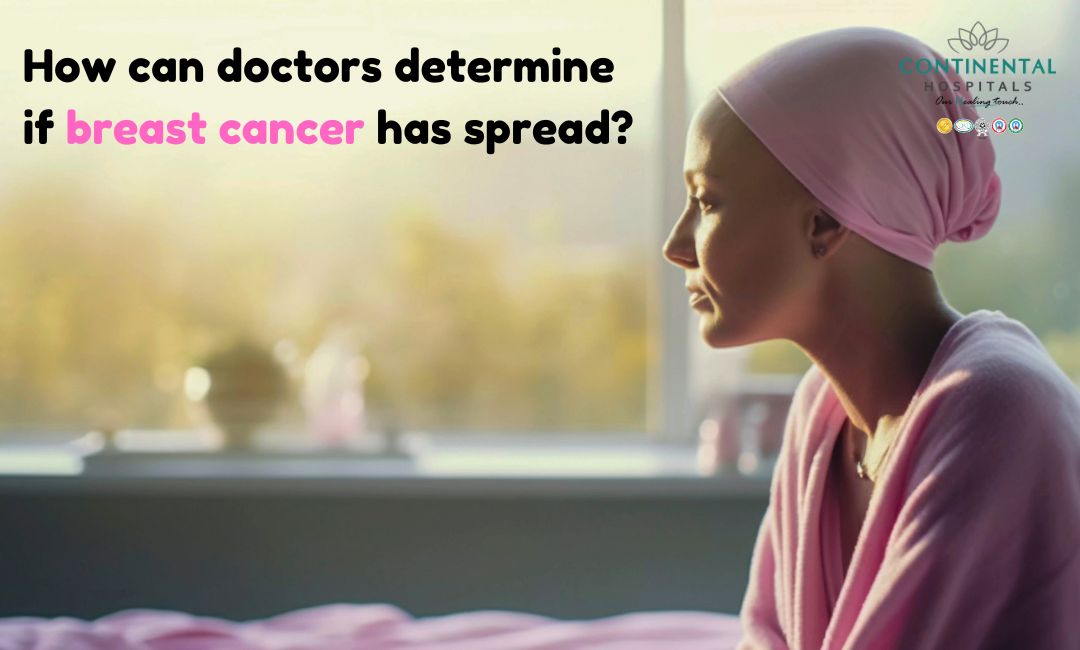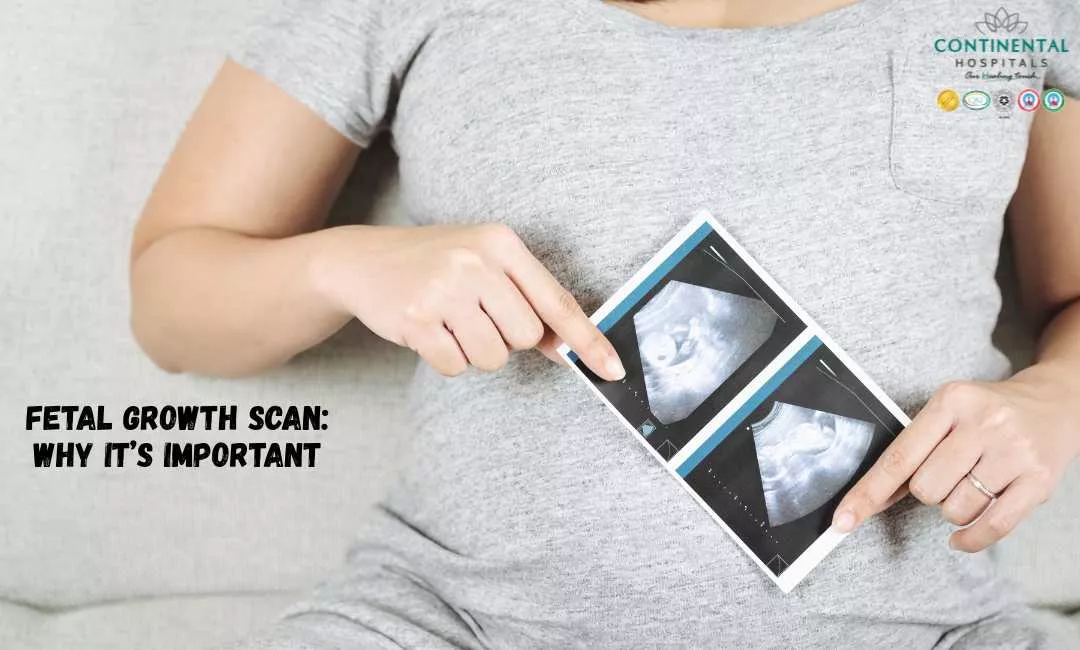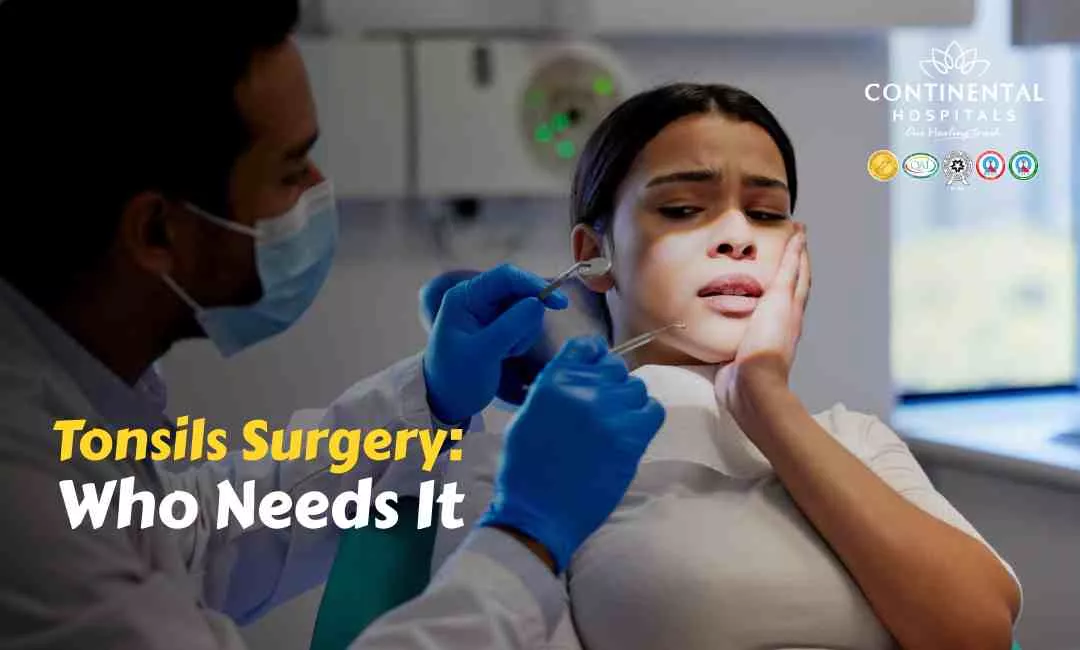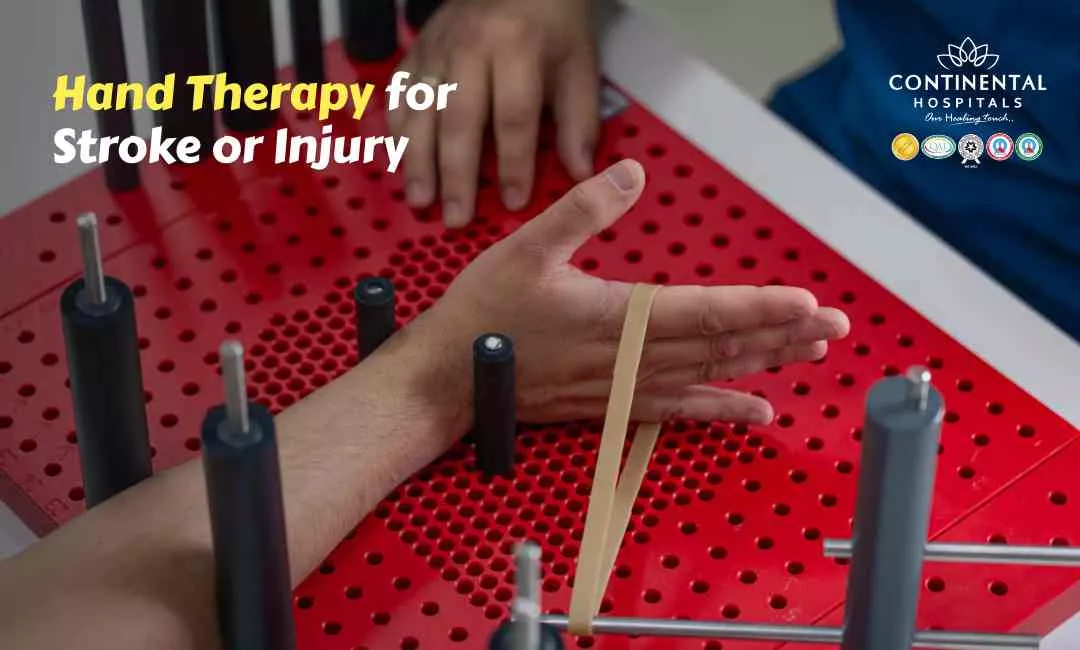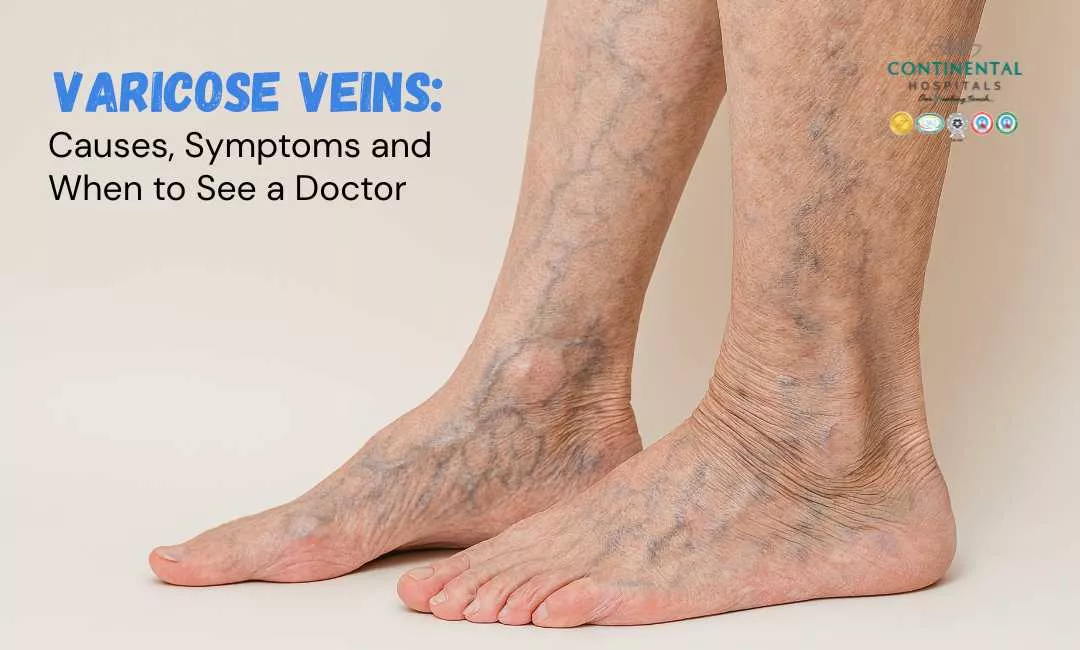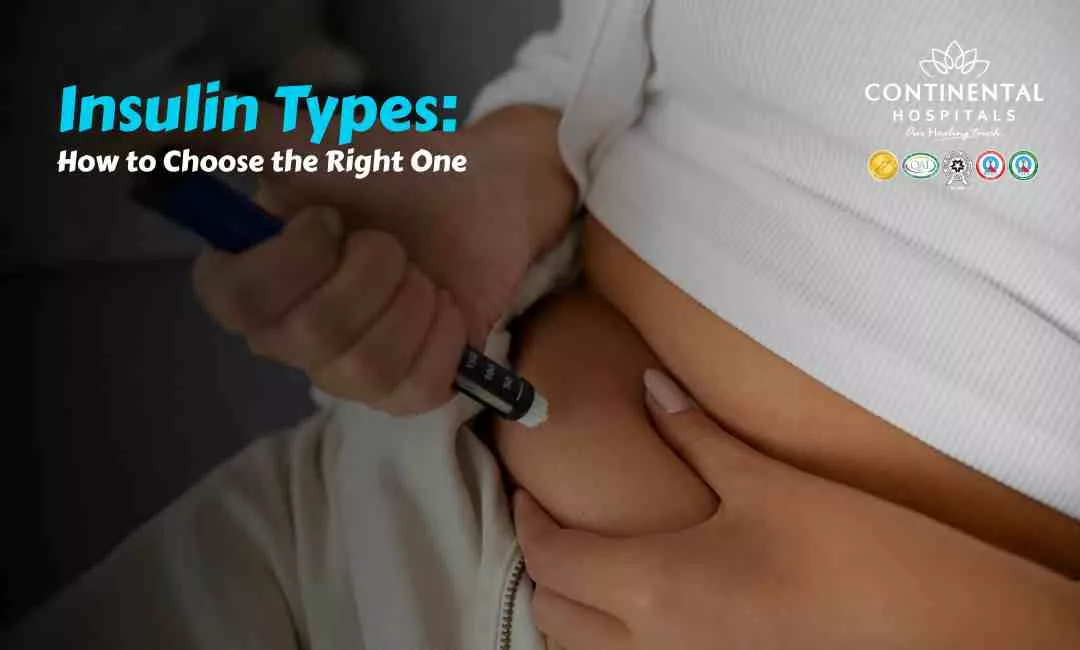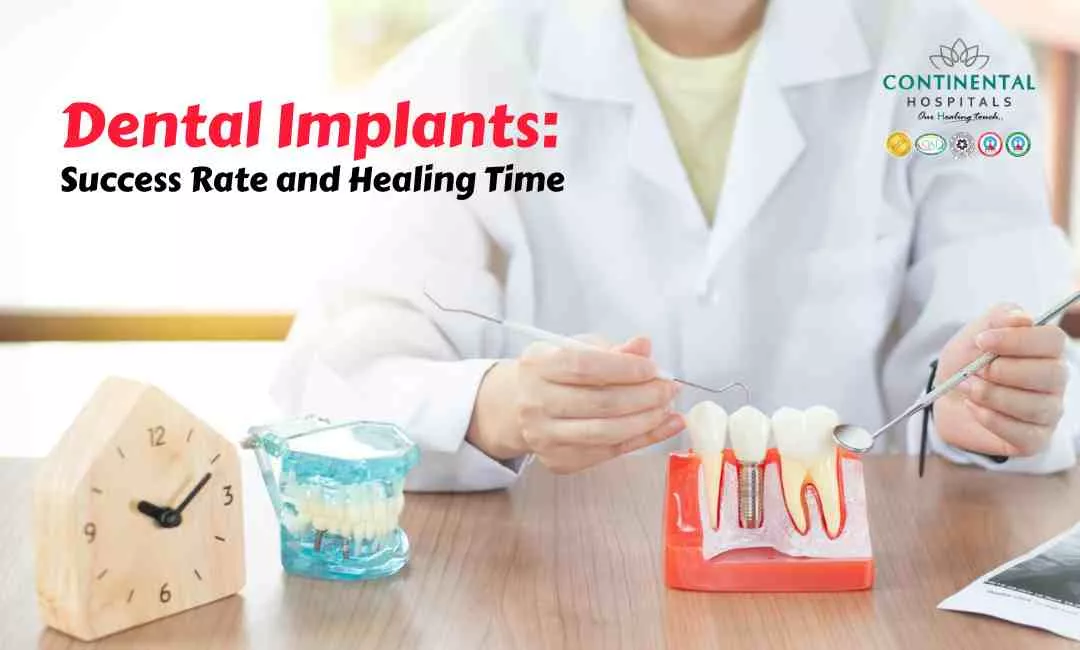Breast cancer is one of the most common cancers among women all over the world. India diagnoses thousands of new cases of breast cancer every year. Understanding how breast cancer starts and spreads is the first step to early detection and effective treatment. In this blog, we'll explore breast anatomy, normal changes throughout life, how cancer begins, how it spreads, and the symptoms to look out for.
What is Breast Cancer?
The disease begins when abnormal cells in the breast start to grow out of control. Such cells can lead to the formation of a mass known as a tumor. Such cells are either benign, not cancerous, or malignant. The condition worsens when malignant cells invade the tissues surrounding the affected area and spread to other parts of the body.
Types of Breast Cancer
Some of the types include the following:
🥗 Healthy Plate Challenge
🍽 Add Your Favorite Dish
Pick Your 6 favorite foods, eat, and see the results.Drag & drop foods onto your plate.
Drop Food Here
Invasive Ductal Carcinoma (IDC): It is the most common type and makes up nearly 80 percent of all cases of breast cancer.
Invasive Lobular Carcinoma (ILC): This constitutes nearly 10-15% of cases and originates in the lobules of the breast.
Non-invasive Types: The category of non-invasive types includes DCIS and LCIS. These remain restricted to their original location.
Symptoms of Breast Cancer
Recognizing the signs and symptoms of breast cancer is crucial for early detection. Common symptoms include:
- Lumps or Masses: A firm or hard lump in the breast or underarm area that persists.
- Changes in Breast Shape or Size: Swelling or a noticeable change in one breast compared to the other.
- Skin Changes: Dimpling, puckering, or redness of the breast skin.
- Nipple Changes: Inversion, discharge (other than breast milk), or pain.
- Pain: Persistent pain in the breast or nipple area, not related to menstrual cycles.
Some symptoms are harmless, but see a doctor if one of these applies.
Understanding Breast Anatomy
The breast is a complex structure made up of various tissues. It consists mainly of:
Glandular tissue: Responsible for milk production, this includes lobules (small glands) and ducts (tubes that carry milk).
Fatty tissue: Surrounding the glandular tissue, it gives the breast its size and shape.
Connective tissue: Provides support and structure to the breast.
Understanding this anatomy is vital because breast cancer typically starts in the cells of the lobules or ducts. Knowing where these cells are helps us comprehend how cancer develops and spreads.
Statistics Worldwide:
According to the WHO, breast cancer is the most common malignancy, with an incidence of 24.5% of the total malignancies diagnosed worldwide. In 2020, there were about 2.3 million new cases of breast cancer reported worldwide.
Indian Perspective
In India, breast cancer has emerged as the most common malignancy among women, with about one in 28 women developing it in their lifetime.
According to the Indian Council of Medical Research (ICMR), breast cancer accounts for 14% of the total deaths for women due to cancer in 2020.
Normal Breast Changes Through Life
Breast tissue undergoes various changes throughout a woman’s life due to hormonal fluctuations, particularly during puberty, menstruation, pregnancy, and menopause. Here’s a brief overview of these changes:
Puberty: Breasts begin to develop, influenced by estrogen. This can lead to temporary changes such as tenderness or lumpiness.
Menstrual Cycle: Hormonal changes during the cycle can cause swelling and tenderness.
Pregnancy and Breastfeeding: The glandular tissue grows, preparing for milk production, often leading to noticeable changes in size and sensitivity.
Menopause: Decreased estrogen levels lead to a reduction in glandular tissue and an increase in fatty tissue, which may change the breast’s appearance.
These normal changes can sometimes make it challenging to identify potential problems, emphasizing the importance of regular self-exams and screenings.
How Does Cancer Start in the Breast?
Breast cancer begins when normal cells in the breast undergo genetic mutations that cause them to grow uncontrollably. Factors contributing to these mutations can include:
Genetic predisposition: Inherited mutations, like BRCA1 and BRCA2, increase the risk of breast cancer significantly. About 5-10% of breast cancer cases are linked to these genes.
Hormonal influences: Prolonged exposure to estrogen, whether from hormonal therapies or factors like early menstruation and late menopause, can elevate the risk.
Lifestyle factors: Diet, physical activity, alcohol consumption, and obesity are all linked to breast cancer risk.
The Process of Metastasis
The process of metastasis involves several steps:
Invasion: Cancer cells break away from the original tumor and invade nearby tissues.
Intravasation: The cells enter the lymphatic or blood vessels, where they can travel to other parts of the body.
Circulation: The cancer cells circulate through the bloodstream or lymphatic system.
Extravasation: The cells exit the vessels and invade distant tissues.
Proliferation: Once in a new location, the cancer cells grow and form new tumors.
Determinants of Metastasis
Many factors influence how and when breast cancer metastasizes.
Tumor Size: The greater the size of a tumor is, the more likely it is going to metastasize. According to research, cancers that measure more than 2 cm have a greater chance of metastasizing.
Lymph Node Involvement: Finding cancer cells in the lymph nodes increases the risk of metastasis. About 40% of women with nodular breast cancer will experience distant metastasis within five years.
Hormonal Receptor Status: Tumors are known to develop more slowly with the presence of estrogen or progesterone receptors, which are ordinarily negative and may impact spread.
Conclusion
It's very empowering to understand how breast cancer begins and spreads. More importantly, regular breast self-examinations, knowledge of natural changes in the breasts, and proper and timely tests can really help to identify early alterations in the breasts. The most often diagnosed cancer worldwide calls for awareness and knowledge. See a healthcare physician right away if you see unexpected changes in your breasts.
If you have concerns about your breast cancer risk, it's best to consult with a breast cancer specialist who can assess your individual risk factors
Related Blog Articles:
.webp)

